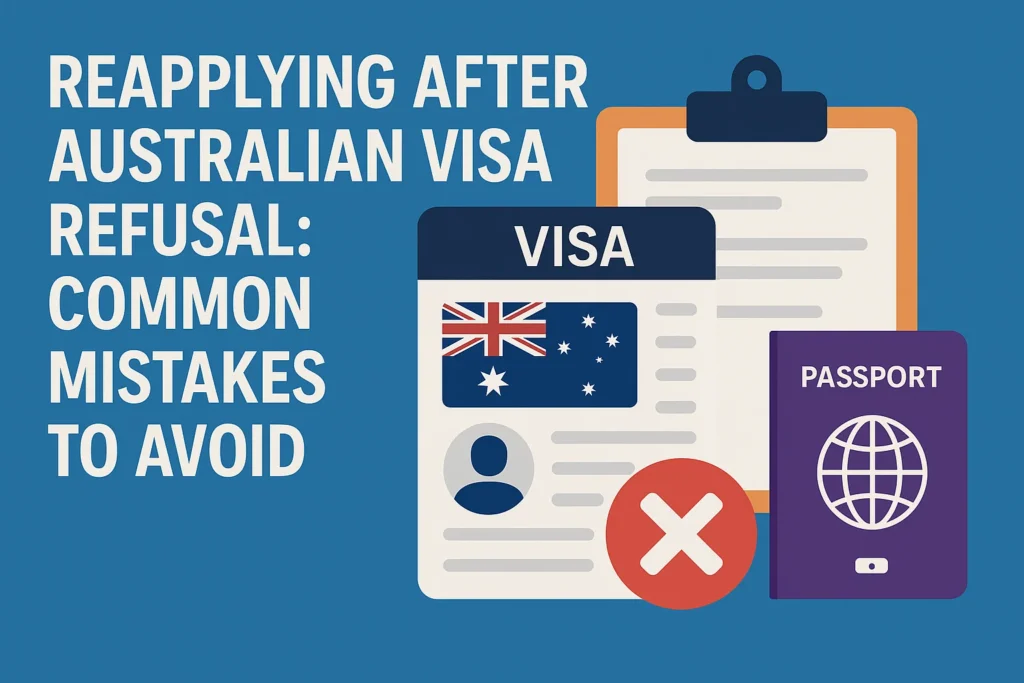Understanding Why Your Australian Visa Was Refused
Getting a visa refusal can be stressful. But before you reapply, it’s important to know why it was refused in the first place. Many people make the mistake of applying again without solving the original issue. That leads to more refusals.
Common Reasons for Visa Refusal
Some of the most common reasons the Australian government refuse visas:
- GTE concerns – Your application didn’t prove that you’re a genuine temporary entrant.
- Weak financial documents – Funds were not enough or not properly documented.
- Inconsistent information – Different answers across forms, interviews, and statements.
- Missing or incorrect paperwork – Required documents were missing, outdated, or invalid.
- Doubtful travel history – Gaps in travel history or previous visa refusals.
Each visa subclass has specific rules. Student, visitor, and partner visas all have different approval criteria.
How to Read and Understand Your Visa Refusal Letter
Your visa refusal letter will list the exact reasons for the refusal. Do not ignore this. Read each line carefully.
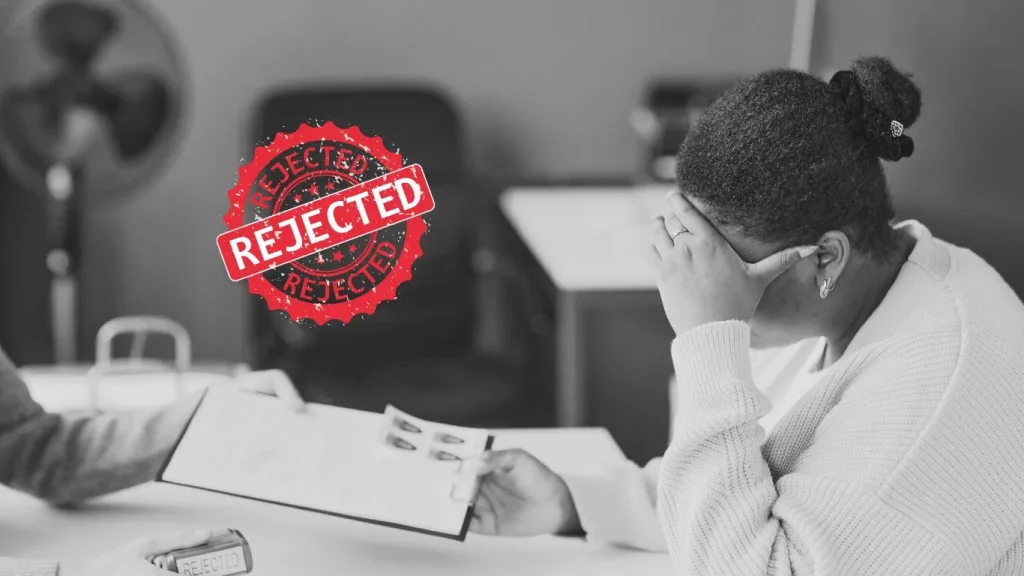
Look for phrases like:
- “The applicant did not meet the Genuine Temporary Entrant requirement.”
- “There was insufficient evidence of financial support.”
- “The documents provided did not show strong ties to the home country.”
These are your clues. Use them to fix your next application.
Tip: Make notes next to each refusal reason. Plan how to respond to each one in your next application.
Rejection vs. Refusal: Are They the Same?
Many people confuse visa rejection with visa refusal.
- A refusal means your application was received and assessed, but not approved.
- A rejection usually means your application was invalid or incomplete and was never fully processed.
Refusals can be re-applied for (Unless not permitted), but rejections often need a brand-new application.
Should You Reapply or Appeal Your Australian Visa Refusal?
After refusal, you generally have two options:
- Reapply with a new and stronger application
- Appeal the decision (only available for certain visa subclasses)
When Reapplying Is Better Than Appealing
Most people choose to reapply because:
- Appeals take longer and cost more
- You can’t appeal if you applied from outside Australia
- A well-prepared reapplication has a better chance if the issues are fixed
What Is the Time Frame to Reapply?
There is no official waiting period to reapply unless your refusal involved:
- False or misleading information
- A specific ban (e.g., under Public Interest Criteria 4020)
In that case, you may be banned from applying for 3 years.
Otherwise, you can reapply immediately — but only if your new application corrects the mistakes from the last one.
Do All Visa Types Allow Appeals?
Only some visas allow appeal to the Administrative Appeals Tribunal (AAT). For example:
- Student visa refusals from within Australia – appeal allowed
- Visitor visa refusals from outside Australia – no appeal allowed
When Can I Reapply After an Australian Visa Refusal?
There is no fixed waiting time in most cases. However, the key is not “when” but “how” you reapply.
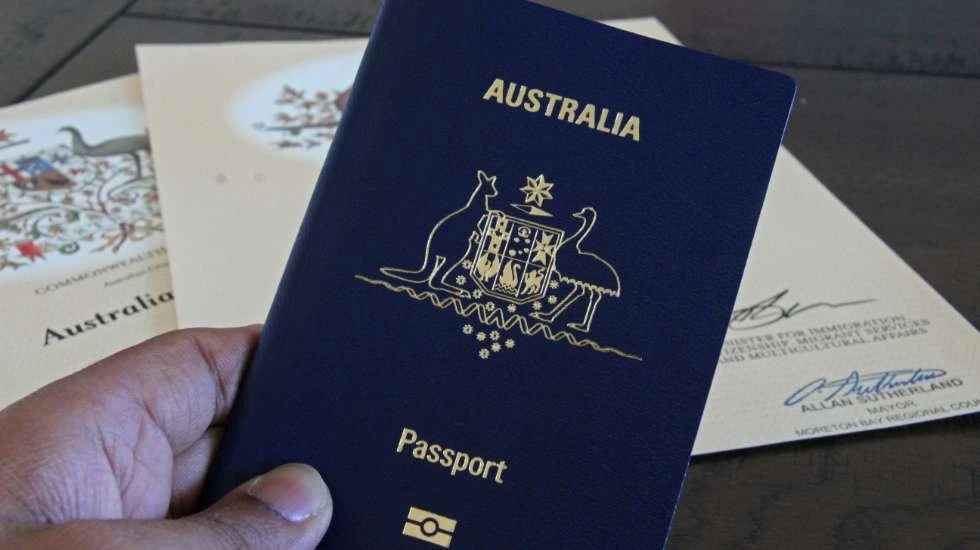
Subclass-Specific Timelines
Each visa subclass has different rules. Examples:
- Student visa (Subclass 500): You can reapply right away, but you must strengthen your GTE and financial documents.
- Visitor visa (Subclass 600): If refused for weak purpose or GTE, fix those first.
- Partner visa (Subclass 820/801 or 309/100): You may need legal advice before reapplying.
What Should Change Before You Reapply?
Before you submit a new application, be sure to:
- Correct the issues mentioned in the refusal letter
- Gather stronger documents
- Write a new personal or GTE statement
- Add proof of ties to your home country
- Get advice from a registered migration agent if needed
Red flag: Reapplying with the same documents and same errors is one of the most common mistakes.
Most Common Mistakes People Make When Reapplying
Many applicants repeat the same errors in their second visa application. These mistakes lead to another refusal and damage your immigration history.
1. Submitting the Same Documents Without Updates
If nothing has changed in your file, the new result will likely be the same.
- Update your financial records, ties to home, and travel plans.
- Use updated letters, statements, and proof.
2. Ignoring the Previous Refusal Reasons
You must respond directly to each reason listed in your last refusal letter.
- If GTE was weak, rewrite your statement to show why you’ll return home.
- If finances were questioned, submit stronger evidence with proper formatting.
3. Giving Inconsistent or Confusing Information
Even small differences across your application can create doubt.
- Make sure your application form, GTE statement, and supporting letters all match.
- Recheck employment dates, course information, family ties, etc.
4. Using “Show Money” Only for Student Visas
Immigration officers often reject fake or borrowed funds used just for appearance.
- Provide real bank statements, income proof, or official sponsor letters.
- Explain the source of large deposits.
5. Skipping a New GTE Statement
Many people reuse the old Genuine Temporary Entrant statement.
- Rewrite it with new insights, purpose, and clarity.
- Explain why you’re returning home after study or visit.
6. Not Getting Help from Professionals
Migration rules are complex and always changing.
- A registered migration agent can spot errors and give feedback.
- You’ll avoid basic mistakes and improve your chances.
How to Strengthen Your Reapplication After Visa Refusal
Instead of rushing into a new submission, take time to improve it.
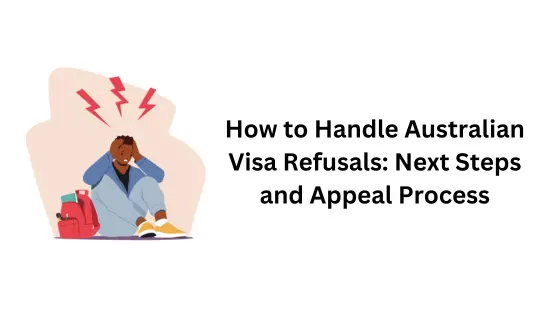
1. Write a Fresh, Clear GTE or Personal Statement
This is often the most critical part of your application.
- Explain your real purpose of visit/study.
- Show how the course fits your career goals.
- Mention family, work, or property that makes you return home.
2. Provide Updated Financial Documents
Money is a major factor in approval.
- Show the recent 3–6 months of bank records.
- Include sponsor letters if someone else is funding you.
- Avoid sudden large deposits without explanation.
3. Include Evidence of Changed Circumstances
If something has improved since your last application, highlight it.
- New job, promotion, or new admission offer
- Higher income, improved bank balance, or loan approval
- Property ownership or updated family details
4. Strong Ties to Home Country
Proving that you’ll return home is key to approval.
- Add documents that show strong family, work or social reasons to return.
- Examples: employment letter, family medical responsibilities, ongoing business
Tips from Experts and Real-Life Applicants
You can learn a lot from others who’ve gone through the same problem.
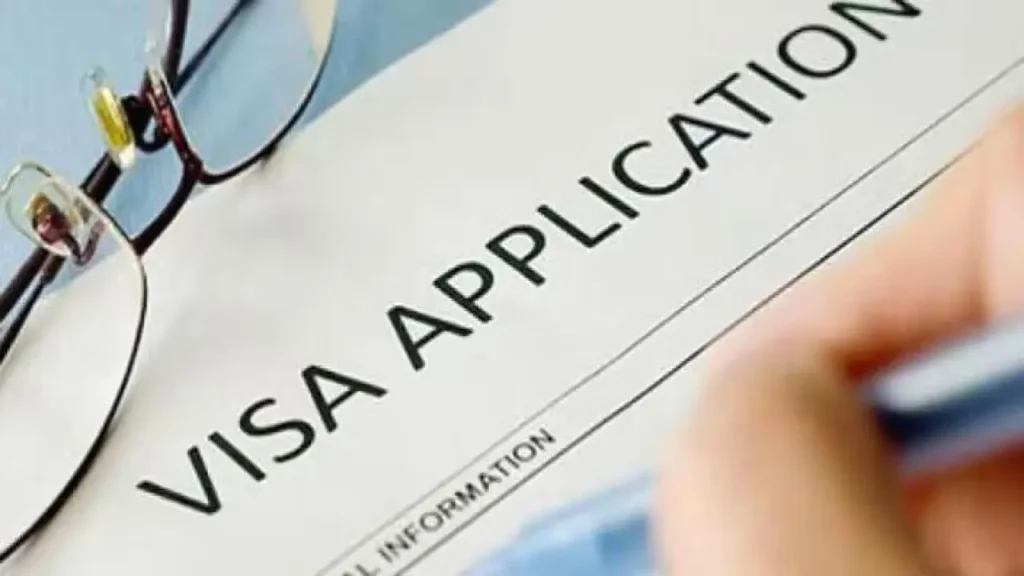
When to Hire a Migration Agent
- If your previous refusal was complex
- If English is not your first language
- If you’re confused about documents, evidence, or visa subclass
Look for MARA-registered agents only. You can check the official register: https://www.mara.gov.au
What Migration Lawyers Advise
- Don’t copy-paste documents
- Don’t lie or exaggerate anything
- Always match your GTE to the real purpose of your visit
Real Success Stories
On forums like Reddit’s r/AusVisa, users share real journeys.
One student was refused due to poor financial evidence. He reapplied with a full explanation, added bank letters, and rewrote his GTE. His new visa was approved in under 4 weeks.
What Happens If You’re Refused Again?
Getting a second or third refusal makes future visa applications harder. Here’s what to know:
Can You Apply Again After Another Refusal?
Yes, you can — unless you’re barred under a specific rule, like giving false info. But your application needs to be stronger than ever.
Does It Affect Future Visa Applications (Like UK or Canada)?
Yes. Many countries ask: “Have you ever been refused a visa before?” You must answer honestly.
- Previous refusals may not block your application
- But if you hide them, you might get banned for lying.
What’s Recorded in Australia’s System?
All your visa history, including:
- Past refusals
- Reasons for refusal
- GTE assessments
- Interview notes (if any)
This is why you need to show real changes in your next attempt
Conclusion: Don’t Repeat the Same Mistakes
Visa refusal is not the end of your journey. Many applicants get approved the second time — but only if they learn from their first mistake.
Take your time. Understand the reasons. Gather better documents. And if needed, talk to a professional.


